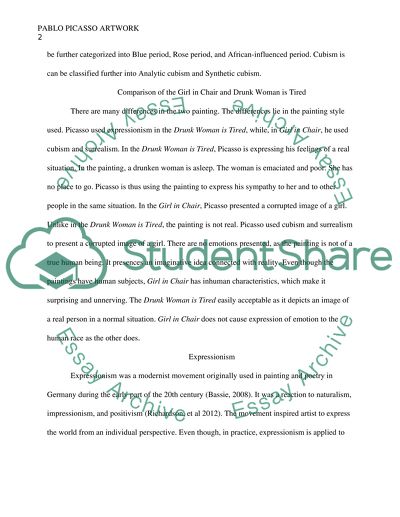Cite this document
(“Pablo Picasso Artworks Essay Example | Topics and Well Written Essays - 2000 words”, n.d.)
Pablo Picasso Artworks Essay Example | Topics and Well Written Essays - 2000 words. Retrieved from https://studentshare.org/visual-arts-film-studies/1661206-pablo-picasso-artworks
Pablo Picasso Artworks Essay Example | Topics and Well Written Essays - 2000 words. Retrieved from https://studentshare.org/visual-arts-film-studies/1661206-pablo-picasso-artworks
(Pablo Picasso Artworks Essay Example | Topics and Well Written Essays - 2000 Words)
Pablo Picasso Artworks Essay Example | Topics and Well Written Essays - 2000 Words. https://studentshare.org/visual-arts-film-studies/1661206-pablo-picasso-artworks.
Pablo Picasso Artworks Essay Example | Topics and Well Written Essays - 2000 Words. https://studentshare.org/visual-arts-film-studies/1661206-pablo-picasso-artworks.
“Pablo Picasso Artworks Essay Example | Topics and Well Written Essays - 2000 Words”, n.d. https://studentshare.org/visual-arts-film-studies/1661206-pablo-picasso-artworks.


